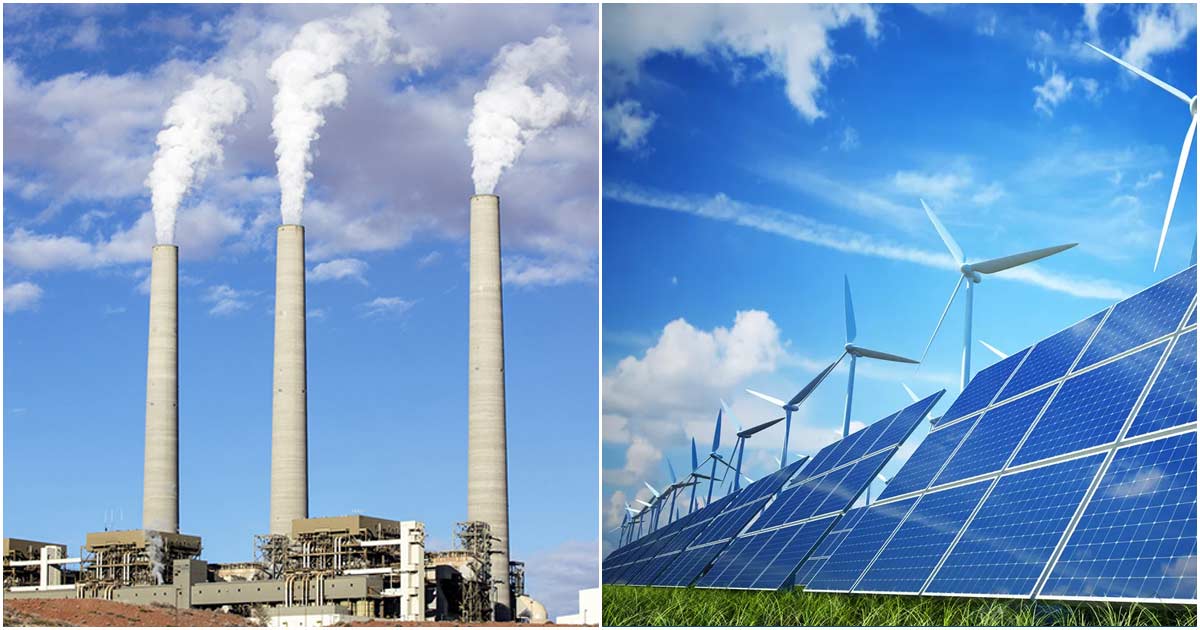
The studies are conducted by Canada based International Institute for Sustainable Development (IISD) and Council on Energy, Environment & Water (CEEW) reflects that after the inception of GST in the Country the levelized cost of energy (LCOE) for the already existing coal-based thermal power stations have experienced a fall of one or two per cent depending on the share of the used imported coal. Just the reflex, on the other hand, LCOE for solar PV experienced a rise of six per cent.
The clear cut inclination and favour which came from the Government towards the coal-based thermal power has led the solar PV developers towards uncertainty as to how their projects are going to be treated under the new taxation rule. Things came to normalcy after the recent clarification which came through the GST Council in December 2018
An LCOE computation has been done for the coal-fired thermal power, assuming a typical 500 Mw capacity. Taking into account the past data, a significant proportion of such power plants in the time period 2003 to 2016 are 500 Mw in size, affected by both fixed and variable costs.
The coal thermal power plan experienced a massive change after the GST implementation and overall, the variable LCOE in the case of coal thermal power plan using only domestic coal has been decreased by almost 1.6 per cent post-GST reform. The other Plants using a mix of domestic and imported coal would be offered with a lower smaller decrease as compared and would be by just one per cent as the imported coal experiences higher tax.
Now, let us understand LCOE. It is the metric which permits the Cost comparison of electricity generation across various generation sources. It is considered to be representing cost on a per kWh basis for the entire lifetime of a project. There are two components of any project, viz. The fixed costs and variable costs. No fuel cost is charged for solar PV, whereas the other variable costs like the operations and maintenance charge are very small. As a result of which, the LCOE against solar PV generation is driven entirely by the estimated capital cost. On the contrary, the LCOE in the context of coal thermal power is sensitive to both the variable cost of fuel and the required capital investment.
Read Also: Goods & Services Tax Impact on Solar Project Prices in India
Looking at the complete scenario we experience that the total tax subsidies for both solar PV and coal-fired thermal power have been cut which produces a result which reveals that the absolute subsidy size of the coal power overtook that of the solar. Here the data reveals the accurate difference in the subsidy charged. The subsidy charged to coal-based power generation remains Rs 7685 crore which is higher than solar PV in FY2018.
After studying the complete scenario it has been noticed that it is since 2014 that India has experienced changes in subsidies and has reformed a number of subsidies for petroleum products. The Government, during the same time period, has been seen supporting the promotion of renewable energy on a significant basis. But, it has been seen that the scale of subsidies for coal remained unchanged.
The Study brings out a conclusion that GST, the new taxation rule would lead to a significant increase in the cost of generation for new solar PV plants. The scene remains cooler for the existing coal-fired thermal power plants which are likely to experience reduced variable costs under the GST.